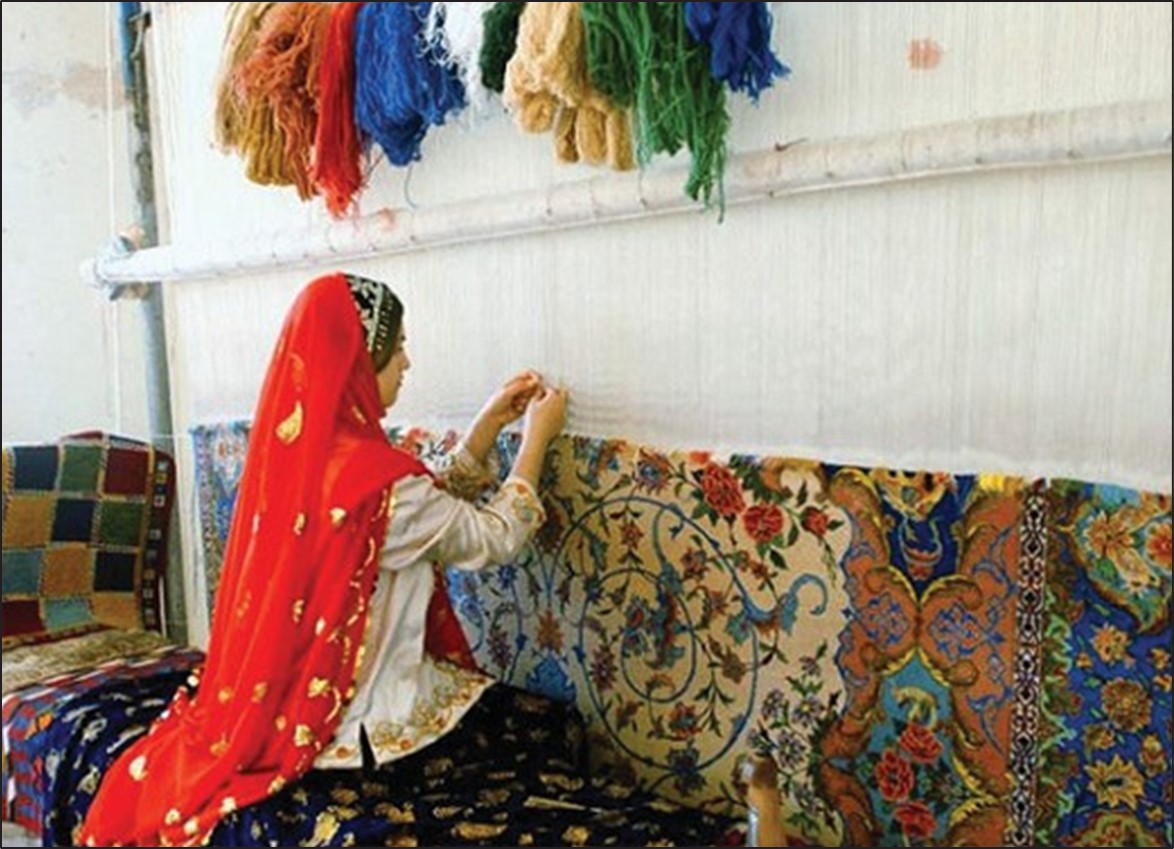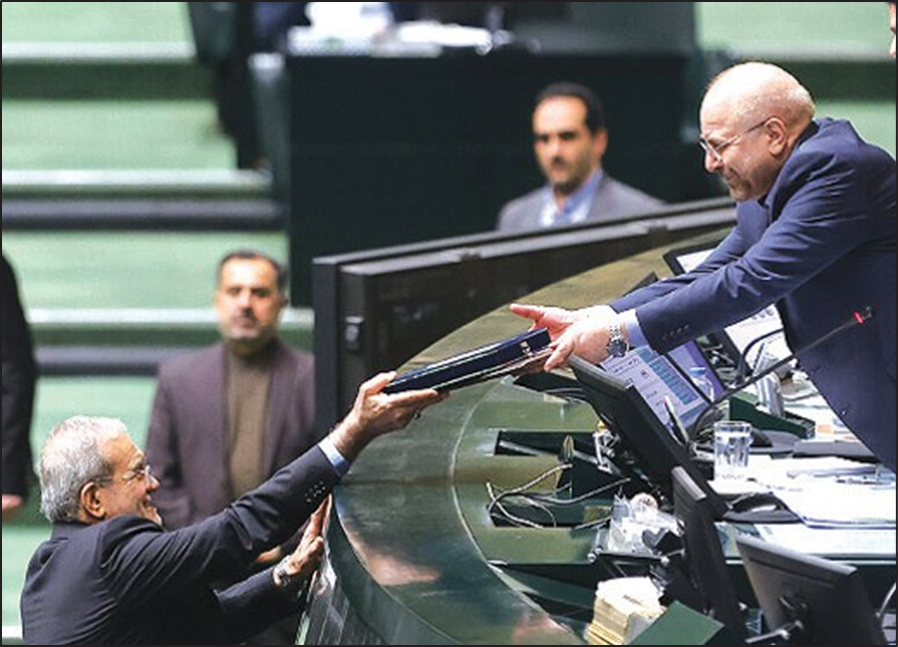February 28, 2020
 The Islamic Republic has once again embarrassed itself with yet another embarrassing claim of a scientific advancement, posting a photo of an astronaut’s spacesuit that is actually a child’s Halloween costume available on Amazon.
The Islamic Republic has once again embarrassed itself with yet another embarrassing claim of a scientific advancement, posting a photo of an astronaut’s spacesuit that is actually a child’s Halloween costume available on Amazon.
The photo was posted February 4 on a tweet from Telecommunications Minister Moham-mad-Javad Azari-Jahromi, showing a male model wearing the suit while standing next to the Islamic Republic’s flag.

But exile Ahmed Batebi—he made famous by holding up a bloody t-shirt during the 2009 anti-regime protests—found the child-sized suit selling for $23.57 at Amazon’s online store.
The key that that the Iranian spacesuit and the child’s costume are the same can be seen on the upper chest. The child’s costume contains a circular NASA patch on the right breast and a rectangular name patch on the left breast. On the Iranian spacesuit, faint circular and rectangular marks can be seen where the patches were removed.
Eight days after the costume photo was published, Azari-Jahromi removed the photo, apologized and said his team “undeniably made a mistake in choosing the image.”
The spacesuit display is part of the resurrection of a plan to go forward with manned missions into space. Then-President Mahmud Ahmadi-nejad started such a program in 2010. Soon after Hassan Rohani became president in 2013, he quietly killed the astronaut program, presumably judging it to be a wasteful prestige project.
Why it is being resurrected now when the country faces severe economic problems is unknown, but some speculate that Rohani feels a need for prestige at this time.
The government recently released a photo of a full-scale mockup of a planned one-man space capsule, which looks almost identical to the Mercury space capsule that was used by the United States from 1958 to 1963 to loft its first six astronauts into earth orbit. After that, the US shifted to the two-man Gemini spacecraft and then the three-man Apollo. It was the Apollo that took men to the moon.
Iran said its space capsule weighs in at 1,700 tons, a little more than Mercury’s 1,400 tons, Azari-Jahromi said five space capsules are to be built in the next three years. But Iran does not yet have a rocket that could men into orbit.
Iran also unveiled a model of its planned third-generation rocket for launching satellites, and presumably men, into space. It would succeed the Saffir, used to loft all Iran’s satellites today, and the Simorgh, which has failed to work so far.
The Drive, a technical website, said the Soroush appears to be an enlarged version of the Simorgh with an added cluster of four rocket boosters at the base to get the rocket off the ground.
Fabian Hitz , a research associate at the James Martin Center for non-proliferation Studies, cautioned on Twitter not to be distracted by the silliness of the spacesuit claims, saying Iran does have a serious space program underway.
“Hiding beneath the layer of absurdity Western media loves so much, there is a serious development program aimed at manned suborbital flights which after passing its early stages gets frozen for financial and bureaucratic reasons,” Hitz said in a reference to Rohani’s 2013 decision to dump the program.
“One should be very careful not to draw major conclusions about Iranian capabilities and intentions based on artifacts generated by state propaganda and bureaucratic dynamics.”
There are, however, real questions about the quality of Iran’s space program. Iran first successfully put a satellite in earth orbit 11 years ago in February 2009. It has since orbited three more satellites. But not a single one has remained in orbit for even 100 days. All have been placed in orbits so elliptically shaped that the satellites are soon pulled out of orbit by the earth’s atmosphere and crash to earth.
At the end of its first 11-1/2 years, the US space program, by contrast, had put two men on the moon and more importantly brought them back alive.



















